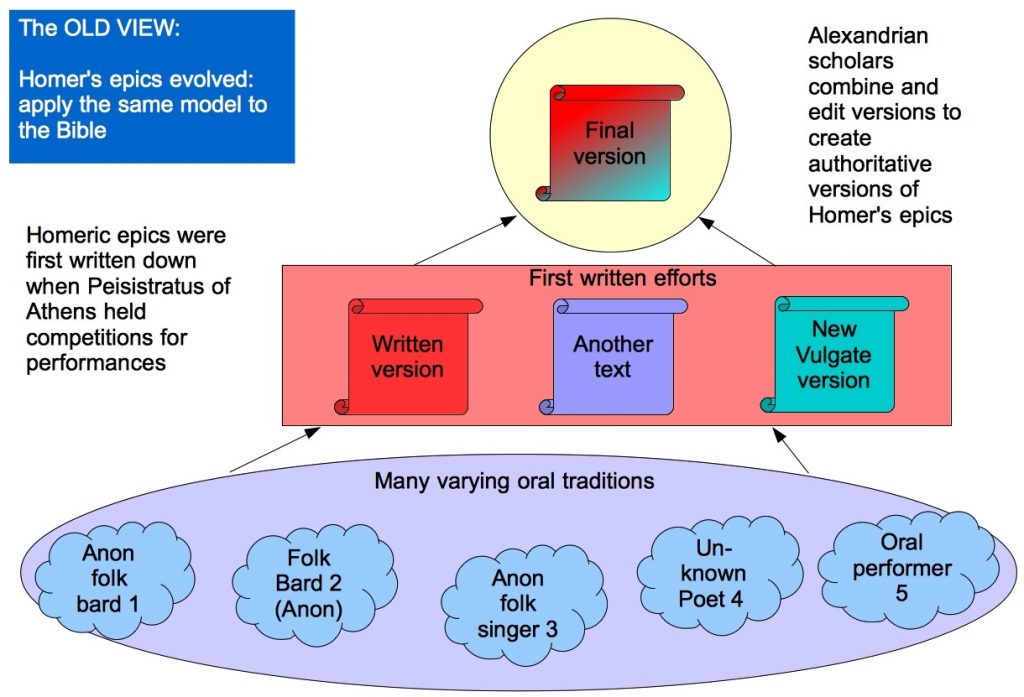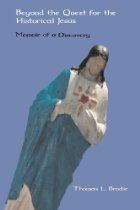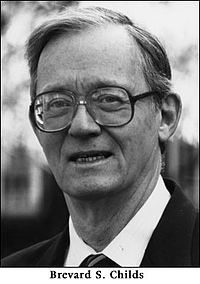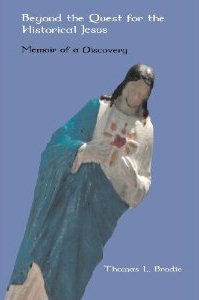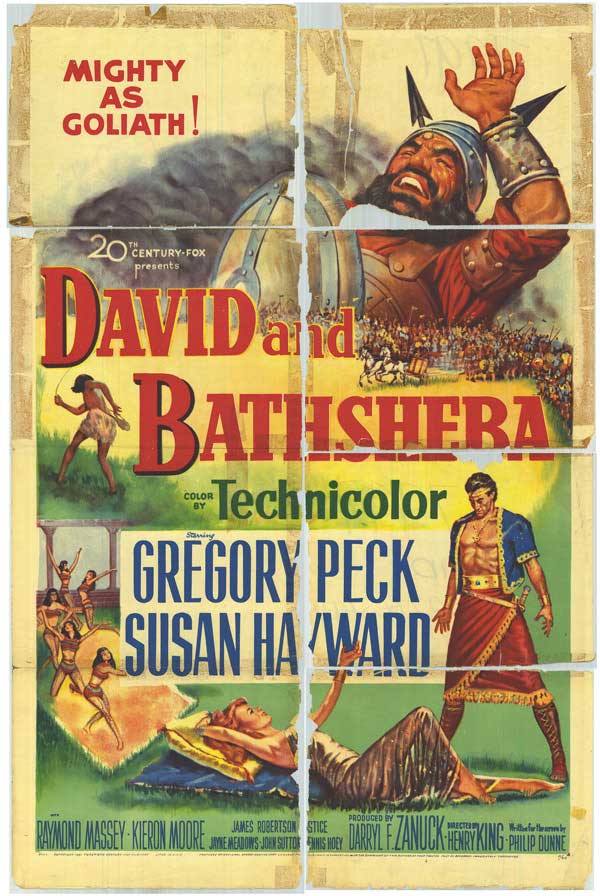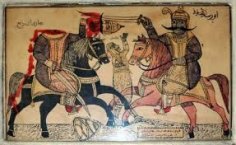This post concludes Thomas Brodie’s critique of the role oral tradition has played in Biblical studies, especially with respect to accounting for the Gospel narratives about Jesus. It is taken from chapter 6 of The Birthing the New Testament: The Intertextual Development of the New Testament Writings.
Even if a hypothesis is unclear in its foundation, and even if in practice there are serious difficulties with getting it to work, perhaps in some way it is still the only apparent response to a real need. It is appropriate therefore to ask whether the hypothesis of oral tradition is necessary to New Testament studies. (p. 60)
.
| .Reasons for seeing Oral Tradition as Necessary. | .Thomas Brodie’s responses. |
|---|---|
| “Gospel texts follow the rhythms of oral speech.” | “Oral rhythms do not require reliance on oral tradition. . “Oral rhythms are a quality of both oral communication and much writing, especially ancient writing.” . “Someone sitting silently at a computer can compose oral rhythms with a view to being heard by the ear.” . |
| “The variations between the gospels correspond to the variations that occur in oral communication.” | This looks plausible at first glance. . But look closely at the differences between the gospels and one begins to see a very deliberate variation governed by a quite different and coherent theological strategy. . Differences that arise through oral transmission alone are not like this; they are accidental and haphazard. . |
| Oral tradition fills the gap between the historical Jesus and the Gospels. | “Oral tradition may or may not assure more historicity. . “From a historical point of view, the ideal is that the evangelist is an eye-witness to the gospel events – thus needing no tradition whatever – or else speaks directly to such a witness. . “Interjecting an unpredictable chain of communication into a period of less than a lifetime has the effect not of promoting claims to historicity, but of dissipating them.” . Besides, it is “not appropriate” (I would say it is “invalid”) that “a desire for a particular type of historical conclusion should predetermine the idea of how the gospels were composed.” . “If the idea of oral tradition is to stand, it must stand on its own inherent merits.” . |
| “Oral tradition is embedded in the fabric of New Testament studies, in the prevailing paradigm, and, for the moment at least, there is no alternative paradigm to replace it.” | “It is true that oral tradition has been embedded in the fabric of NT studies and is central to the prevailing paradigm. But that situation is changing rapidly. . “The literary approach, despite its teething problems – its occasional obscurity, pretentiousness, and narrowness – is not an esoteric game. . “Rather, the literary approach provides the context which, when developed, offers the best prospect for future research. It restores the writings to their role as literature, even sacred literature, and it does not exclude theology and historical investigation. On the contrary, it sets history and theology on a firmer footing.” . |
| The Gospels portray scenes of people speaking, often in the open air. It is a scene of oral simplicity.“Such simplicity corresponds with the simplicity suggested by oral tradition.” | True, the gospels do depict scenes of simplicity far removed, most often, from the world of writing. . “However, the fact that a scene is rustic need not mean that the artist who portrays it is rustic. A film, for instance, may portray rural life but be produced in the countryside by city dwellers using highly technical methods. Likewise, the simplicity portrayed in the gospels need not indicate the way the gospels were composed.” . |
(The quotations are from pages 60 and 61 of The Birthing of the New Testament. Formatting is my own.) Continue reading “Oral Tradition Is Unnecessary to Explain the Gospels”

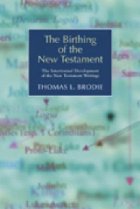
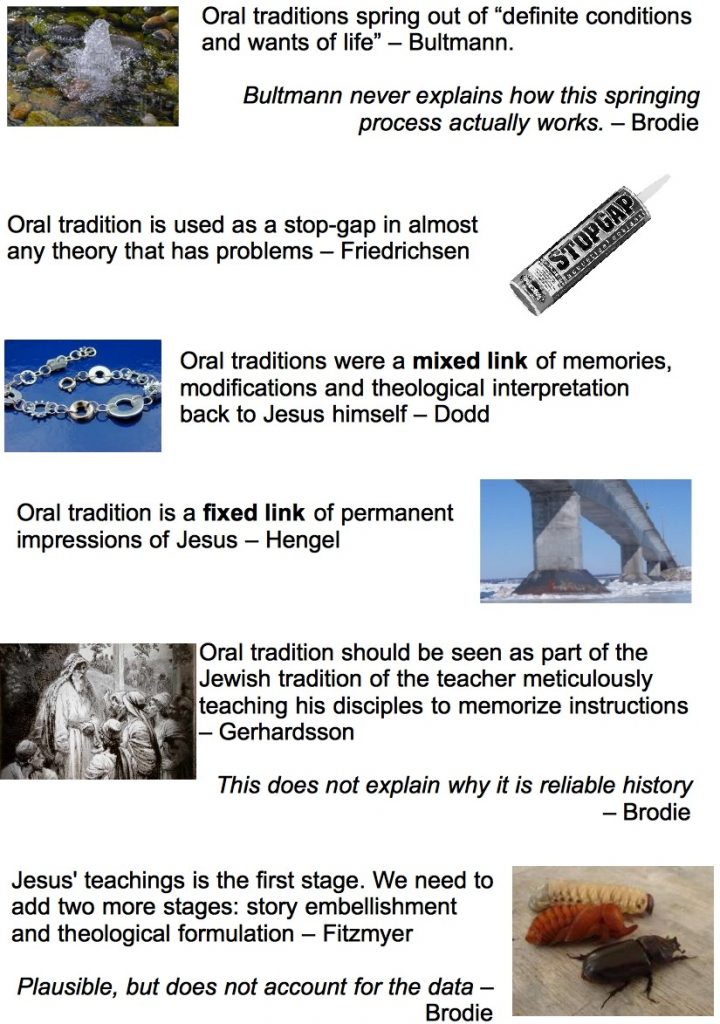
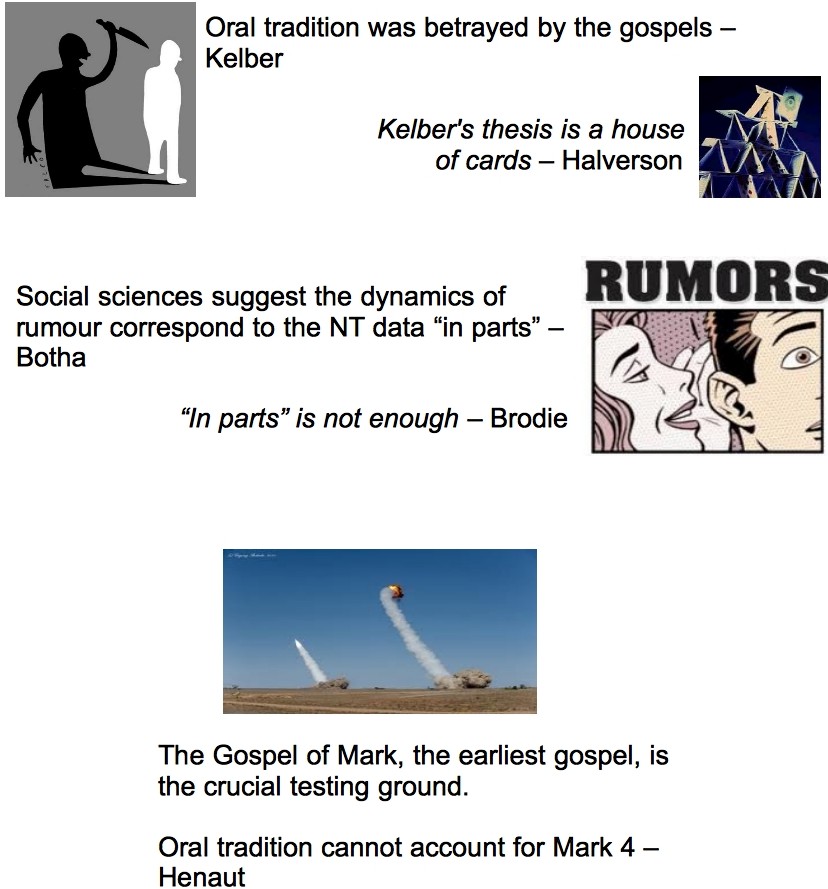

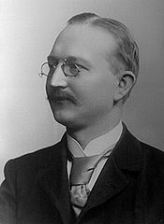

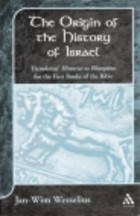
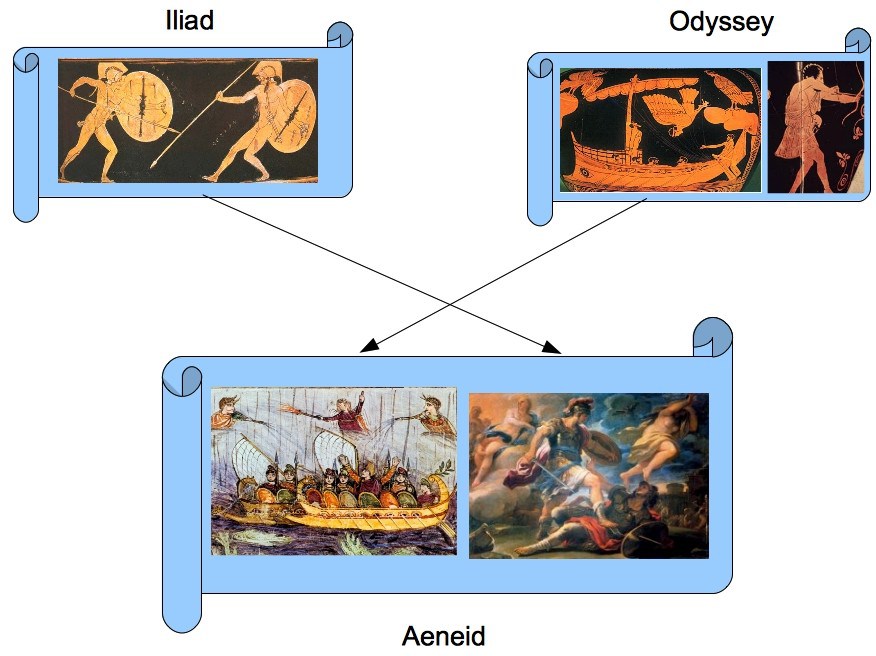
 Compare the outcome of criticisms of the Documentary Hypothesis — the thesis that the Old Testament books can be pulled apart into different sources or strata — Priestly, Jahwist, Elohist and Deuteronomist (and a later Redactor).
Compare the outcome of criticisms of the Documentary Hypothesis — the thesis that the Old Testament books can be pulled apart into different sources or strata — Priestly, Jahwist, Elohist and Deuteronomist (and a later Redactor).